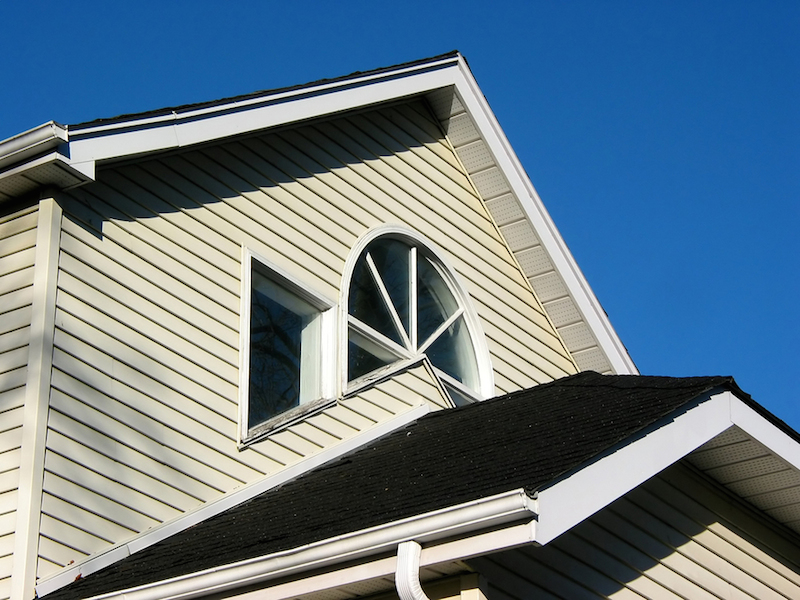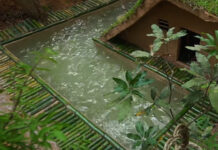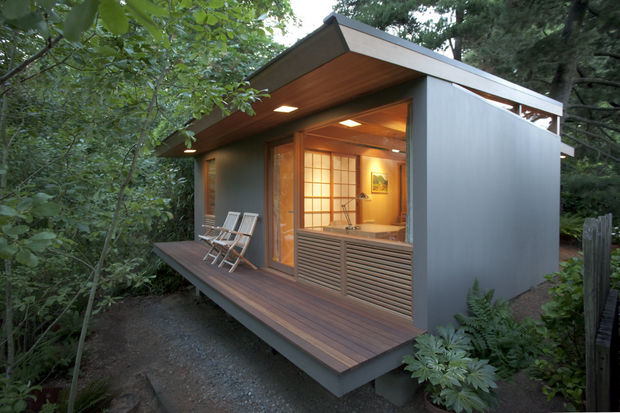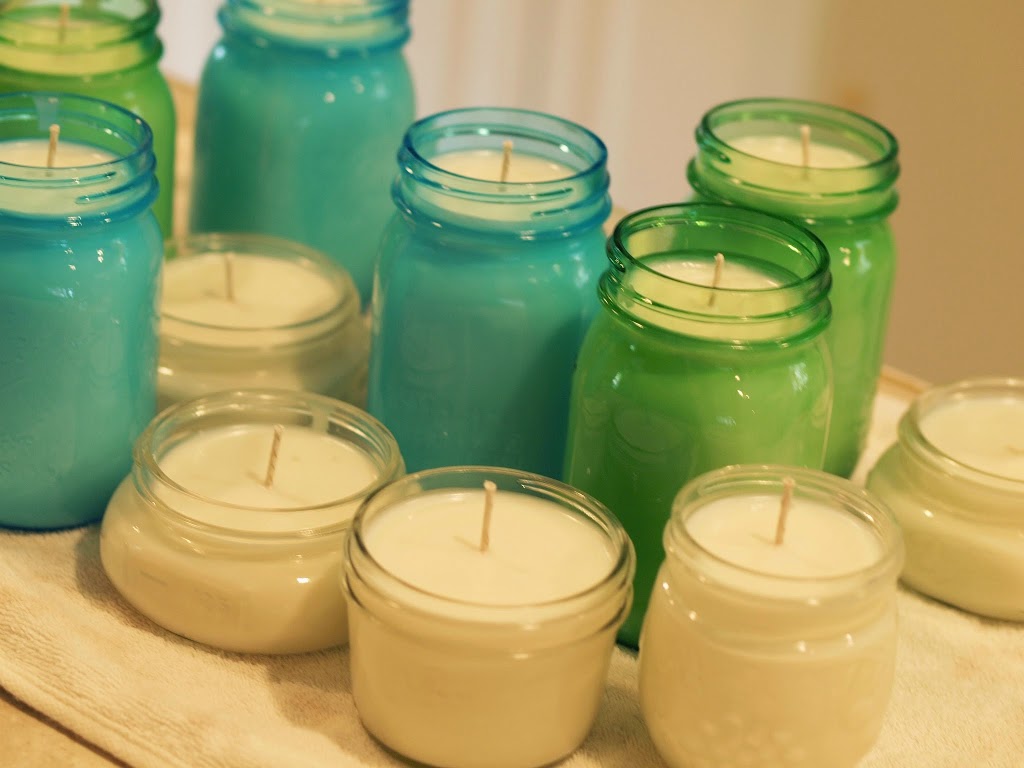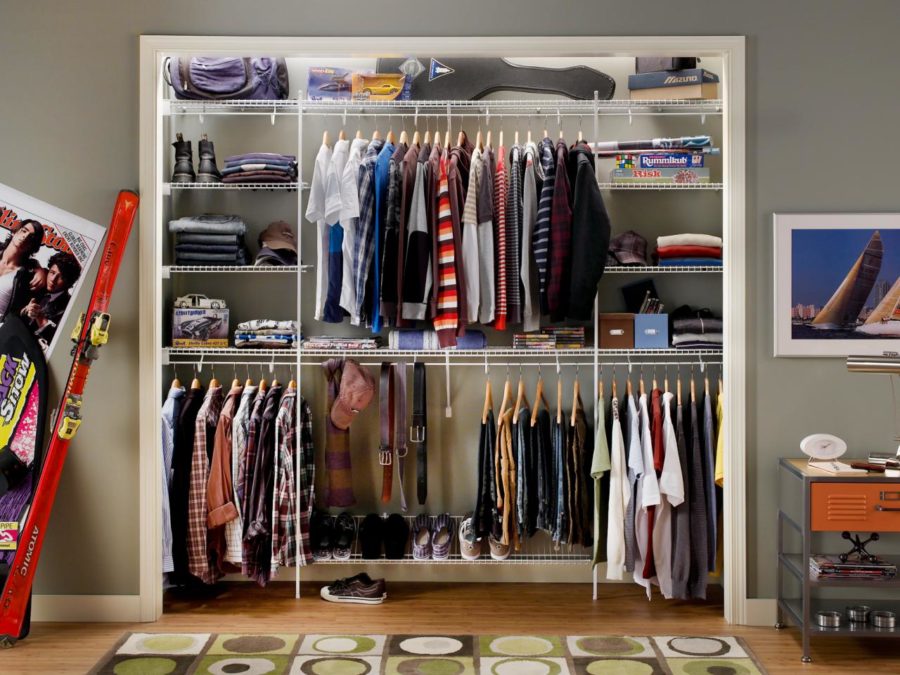Has some of your siding begun to rot while the rest is still good? Don’t replace all the boards. Follow these easy steps and just replace the boards that are rotted. Decide which boards need replacing and where to make your cuts. Stagger butt joints if you’re replacing multiple courses. Use a square to mark the cutting lines, centered on a stud. The nailheads on existing siding will indicate stud positions.
Cut the nails
Cut the nails at the bottom of the row above the boards you’re replacing. Use a small hacksaw with a sharp blade. Cutting the nails will let you remove rotted boards without damaging those your’e saving. To get at the nails, carefully wedge out the bottom of the siding 1/8 to 3/16 in. with wooden shims.
Make the first cut with a circular saw
Cut out bad sections with a circular saw or even a sharp utility knife. Be sure to stagger the joints (see Photo 1). Most hardboard siding is 7/16 in. thick, so set your blade depth carefully to avoid cutting into other courses. Use shims to lift the boards so you can easily get at the one you’re cutting.
Finish the cut with a sharp utility knife
You won’t be able to complete the cuts with the circular saw, so finish the cuts with a sharp utility knife or a keyhole saw.
Pry off the rotted boards
Remove rotted boards with a flat pry bar. Protect sound siding with a scrap piece of 1/4-in. plywood. After you remove the rotted courses, use a small hacksaw to cut any protruding nail shanks, or if you have a very strong grip, use a good pair of wire cutters.
Install the new boards
When you replace the boards, use a homemade “reveal set” jig to match the reveal of the existing siding. The courses should overlap by at least 1 in. Replace siding by working from the bottom up (you might need a helper here). Attach the siding with 10d galvanized box nails driven into the overlap at least 1/2 in. above the bottom edge. If you have insulated sheathing, predrill the nail holes to avoid crushing the insulation.
When hardboard siding is installed and maintained correctly, it can hold up for 30 or 40 years. But without proper attention, isolated areas can begin rotting in only a few years, especially near the foundation. Water splashes up from the ground, frequently soaking the vulnerable bottom edges. The paper face then flakes off, exposing the dark brown inner layers, and each soaking accelerates the rotting.
Replacing these rotted areas takes only a few basic tools and a few materials, but it can make a huge improvement in your home’s appearance. Hardboard siding doesn’t cost that much, so it’s often worth it to replace an entire course. Doing this helps you avoid unnecessary butt joints.

